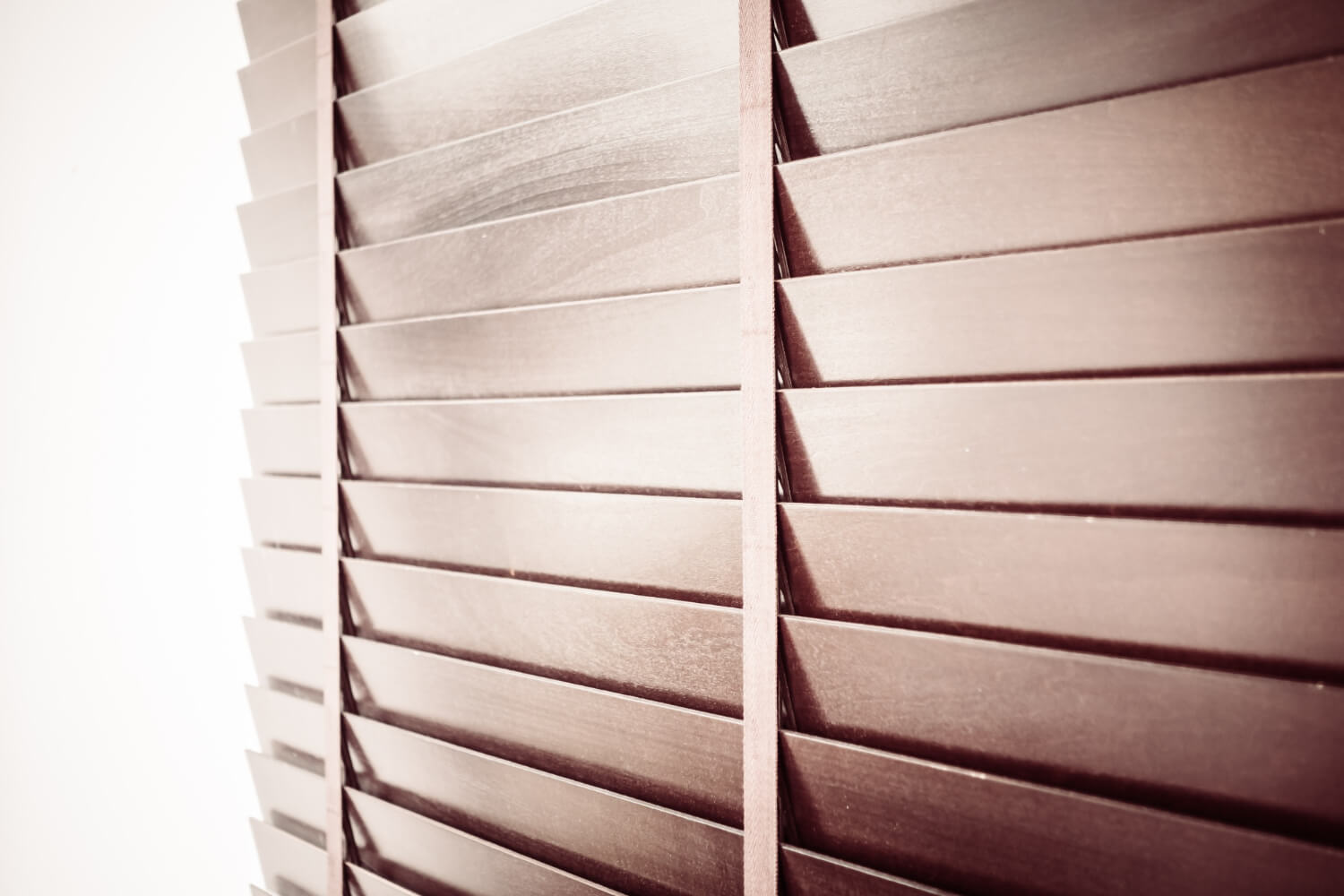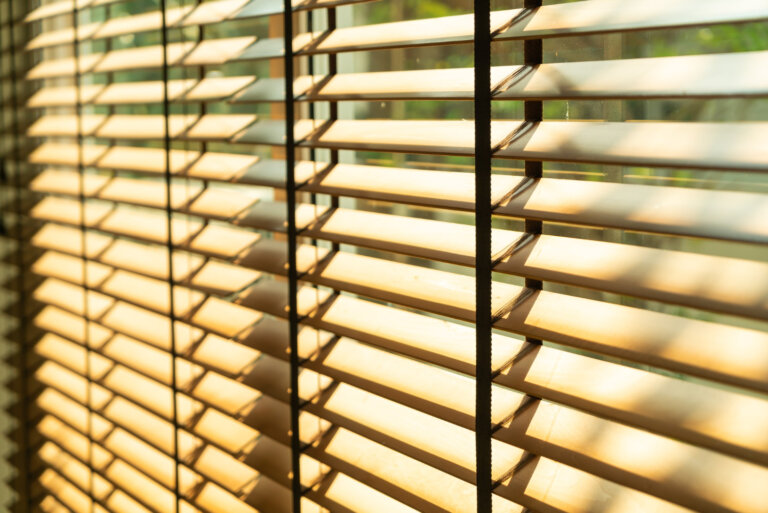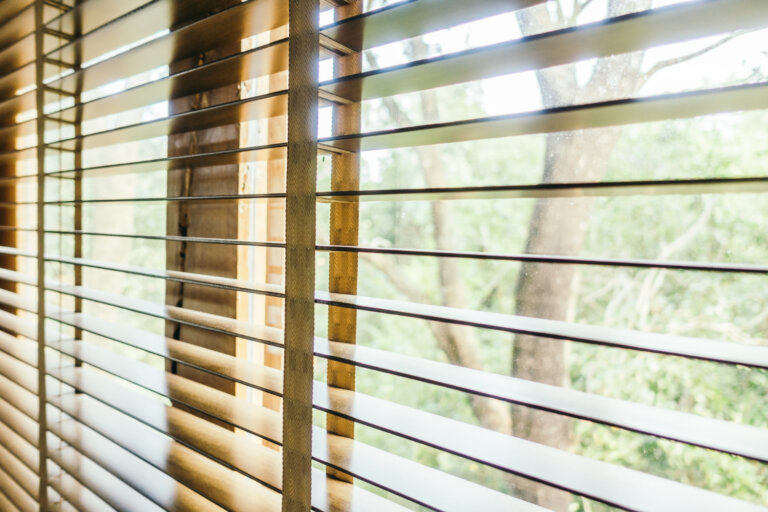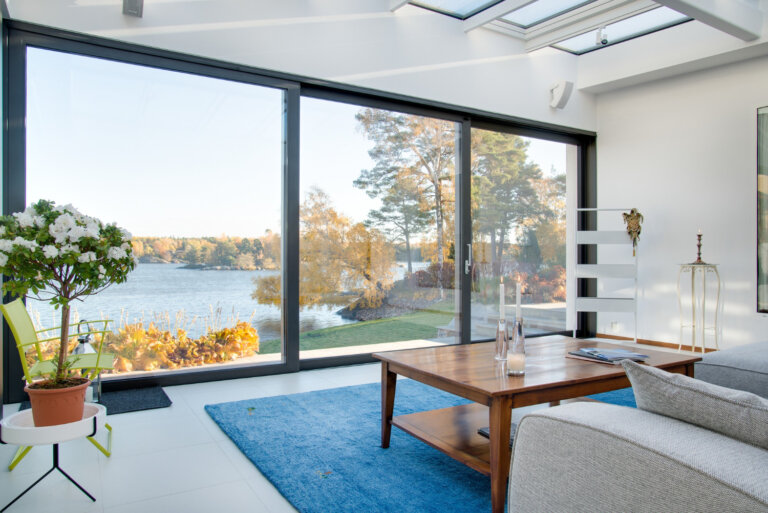Window shutters do far more than just block out the sun. Over the years, their design has shifted from simple slatted panels to smarter solutions that cater to modern homes. With cleaner lines and more advanced control, today’s shutters bring both form and function to any room. Whether you’re looking for more privacy, better light control, or just a sleek finish to your windows, there’s a type of shutter mechanism to match your style and preferences.
One design that’s gained a lot of attention around Manchester is the hidden-tilt shutter. These offer a cleaner look compared to traditional options by replacing bulky central rods with more discreet controls. But what’s behind these systems? Here’s a closer look at how modern shutter mechanisms work and what makes each one stand out.
Tilt Rod Shutters
Tilt rod shutters are one of the more familiar options. They feature a narrow rod down the centre or side of the shutter that connects all the slats. When you move the rod up or down, it rotates every slat at the same time, making it easy to open or shut the panels for light and privacy.
There are two main styles of tilt rods:
1. Central Tilting Rods: Positioned in the middle of the shutter panel, providing a classic cottage-style look.
2. Offset or Hidden Rods: Located at the side or behind the panel, giving a cleaner version of the traditional design.
These shutters are popular because they’re simple to use and maintain. If you like a timeless, balanced appearance, this style delivers dependable function and familiar charm.
Still, some homeowners in Manchester find the exposed rod breaks up the lines of the shutter, especially in more streamlined interiors. It can also use up some visual space, which might not suit rooms leaning on minimal design.
Despite that, tilt rod shutters remain incredibly versatile. Whether you’re updating a period feature or want shutters with a bit of dimension, this mechanism offers a tried-and-tested option.
Hidden-Tilt Shutters
Hidden-tilt shutters are just what they sound like. Instead of having a visible rod, the mechanism that moves the slats is built into the shutter frame or tucked discreetly behind the panels.
Here’s how they work:
– A hidden gear system connects the slats behind the shutters.
– Moving one slat adjusts the others automatically.
– There’s no rod to interfere with the view or design.
The biggest benefit here is their look. Hidden-tilt shutters offer a sleek, uncluttered feel that works especially well in modern homes around Manchester. For rooms where you want a clean, unobstructed view or polished finish, these shutters help keep things looking open and tidy.
They’re also easier to clean. With fewer exposed parts, there’s less to wipe down or dust. This makes them ideal for kitchens, children’s rooms, or spaces where low-maintenance design counts.
Another useful feature is how adaptable they are. Whether you have round windows, arches, or unusually shaped doors, hidden-tilt shutters can be built to fit while keeping their simple appearance.
With more Manchester homeowners leaning into clean lines and practical finishes, hidden-tilt shutters are becoming a top pick for combining style and function.
Motorised Shutters
Motorised shutters add even more simplicity. Instead of adjusting the slats manually, you can open or close them with a remote control or wall switch. Some models can even link to apps or smart home assistants, adding convenience to your daily routine.
The motorised system is normally tucked inside the frame or headrail, staying quiet and out of sight while in use. These shutters are perfect for areas that are hard to reach, like bay windows, upper floor windows, or wide sliding doors.
Here’s why many Manchester homeowners are opting for motorised options:
– Ideal for windows in high or awkward places.
– Quick control without needing to walk over and adjust.
– No external rods or cords, keeping the look clean.
– Reduces wear and tear from frequent manual use.
One thing to keep in mind is the need for power. You can go for rechargeable batteries or connect them directly to the mains. If you’re already using smart tech at home, make sure your shutters are compatible.
Motorised shutters can make a big functional difference. We saw it recently with a client in Didsbury who had floor-to-ceiling doors onto their garden. Sunlight would heat the room up around midday. After swapping in motorised shutters, they scheduled adjustments throughout the day, keeping the space cool without drawing any curtains or blinds by hand. It took the pressure off and made the room much more enjoyable year-round.
Comparing Operating Mechanisms
Each shutter mechanism brings something different to the table. Choosing the right one depends on what you value most in your home—visual appeal, ease of use, or high-tech features.
Here’s a quick comparison:
1. Tilt Rod Shutters
– Traditional look
– Simple manual control
– Suits character and vintage-style homes
– Can look more cluttered in clean, modern spaces
2. Hidden-Tilt Shutters
– Sleek and modern appearance
– Great for contemporary rooms
– Easy to keep clean
– Often slightly higher cost due to added design work
3. Motorised Shutters
– Controlled with remote or smart device
– Suitable for tall or hard-to-reach windows
– Supports scheduled light and privacy control
– Needs access to power or regular charging
Home layouts and Manchester’s varying light levels can also play a role. South-facing rooms soaking up all-day brightness might benefit from the flexible control motorised shutters offer. Smaller, cosy rooms where simplicity is more important could be better off with hidden-tilt or tilt rod systems.
Maintenance should also be part of the equation. Manual systems are generally low-maintenance except for the occasional wipe-down. Motorised options involve batteries or tech maintenance over time, though the ease of use can outweigh the upkeep for many.
Let Your Space Reflect Your Style
Choosing between tilt rod, hidden-tilt, or motorised shutters doesn’t have to be complicated. It starts with how you use your space, what mood you want to create, and how involved you want to be with day-to-day adjustments.
Every type of shutter provides useful features. Whether it’s the smooth control of a motor, the timeless charm of a central rod, or the discreet elegance of a hidden-tilt design, there’s something to match the needs of every home.
In a city like Manchester, where old and new architecture sit side by side, finding shutters that blend with your surroundings can help a space feel more comfortable and more you. Whether you’re settling into a terraced house in Chorlton or revamping a loft apartment in the Northern Quarter, thinking about how you want your rooms to look and feel makes all the difference.
To showcase how hidden-tilt shutters can transform your home, why not explore some of the options available that are designed to fit every style and need? At Crafted Shutters, we offer a range of stunning designs that seamlessly integrate with any décor, bringing beauty and functionality to your living space. Discover more about our hidden-tilt shutters and see how they can complement your home’s unique style.






